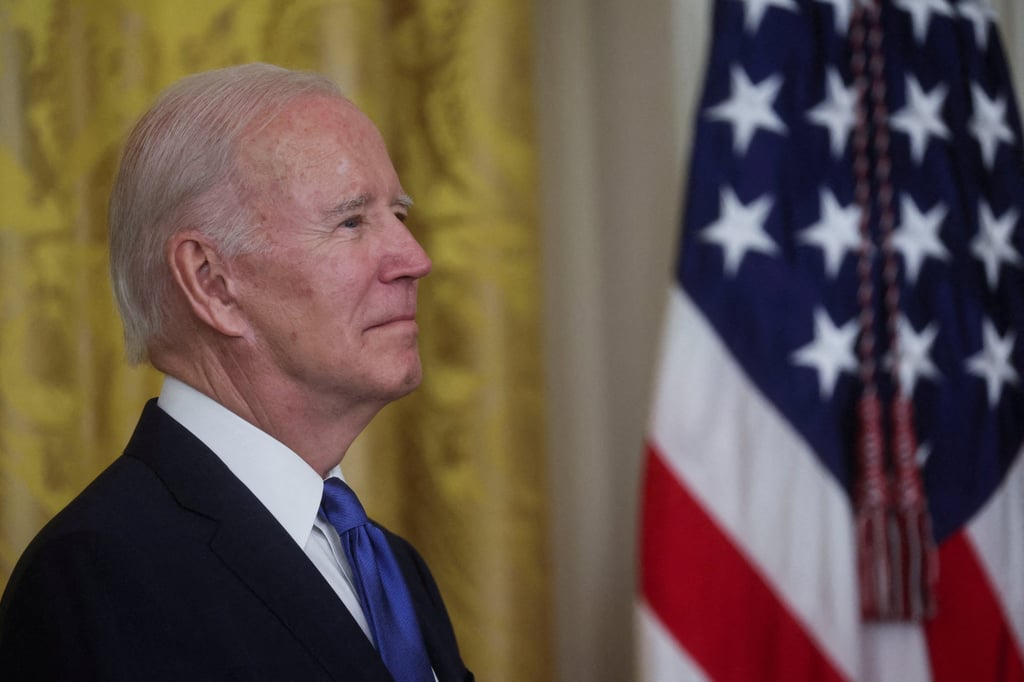Editorial | Metals ban by China reminds US two can play at costly game
Action by Beijing follows restrictions on semiconductor exports by Washington ahead of the return of Donald Trump

China has spent months bracing for the return of Donald Trump and his looming trade war. Even before the election, Beijing had largely concluded that no matter who wound up in the White House, hostility by the United States towards it was only bound to increase.
So rather than idly stand by and wait for the onslaught of tariffs promised by the US president-elect, Beijing has drawn up plans to gain leverage in the economic warfare to come.
It fired a shot across the bow this week in the form of restrictions on exports of metals critical to the US technology industry. The Ministry of Commerce prohibited exports of items categorised as “dual use” – in civilian or military applications – to US military end users.
With immediate effect, it banned exports of gallium, germanium, antimony and superhard materials, and placed a stringent review process on exports of graphite, used in batteries and fuel cells as well as by the US defence and aerospace sectors.

Beijing’s move on Tuesday came a day after Washington imposed restrictions on exports of 24 types of chipmaking equipment and three categories of software vital for semiconductor development. President Joe Biden, who never completely lifted the tariffs from the first Trump administration, pursued a “small yard, high fence” approach to China – restricting technology exports such as high-end semiconductors to hang on to the considerable US technological and military edge, but maintaining normal trade in other areas.

